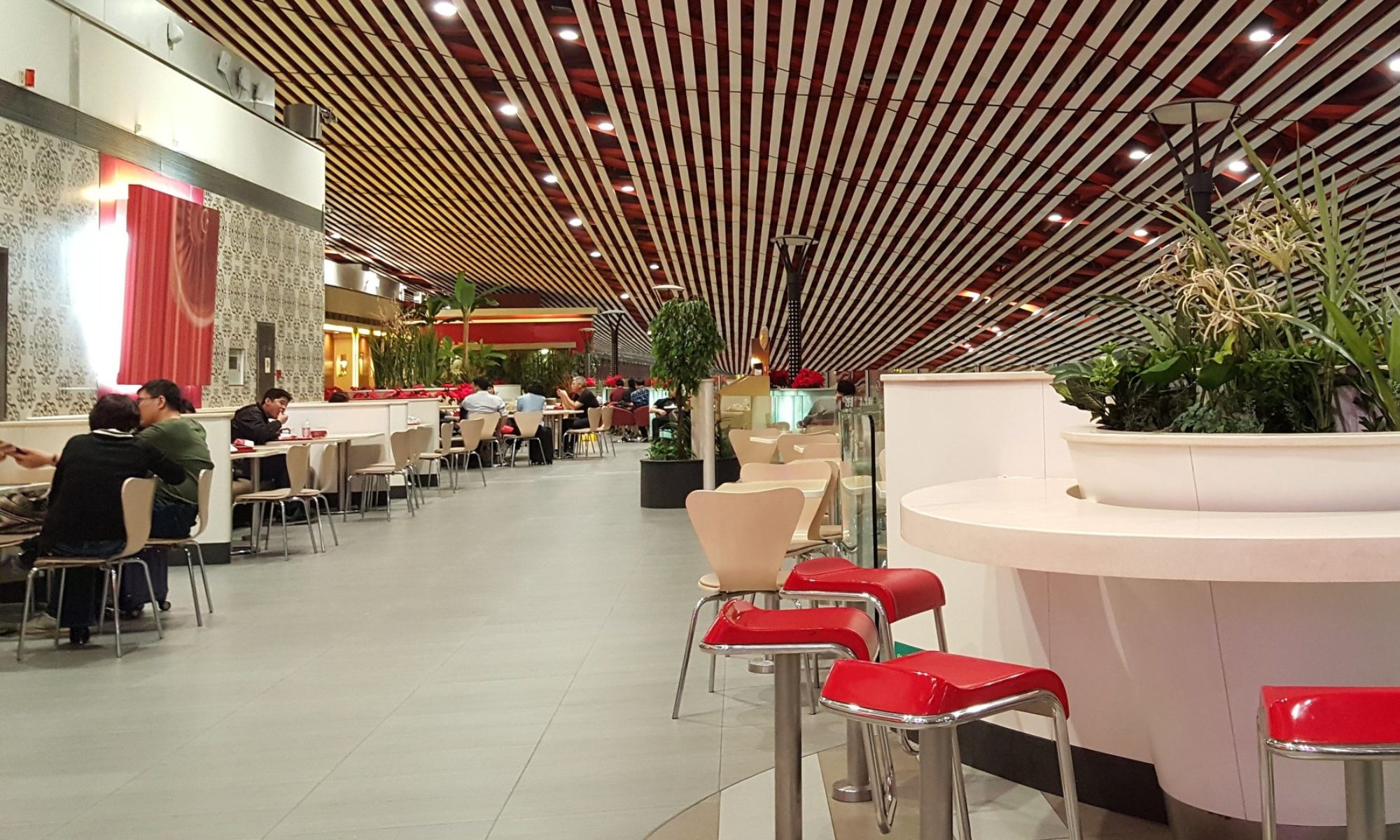The Trudeau government has been considering privatizing the eight largest airports in the national network since a report was tabled on the future of transportation in Canada, but the idea has not received unanimous approval. While it is certainly attractive in terms of public finances, the prospect has been strongly criticized by different stakeholders, from airlines worried about seeing user fees increase to certain airport authorities who see no benefits for the country. The Centre for Productivity and Prosperity – Walter J. Somers Foundation, wishing to shed more light on this question, has now released a study on the potential impact of this change for Canada. The Centre unhesitatingly concludes that privatizing Canadian airports would not lead to any significant productivity gains.
A broadening trend
According to Jacques Roy, a Professor at HEC Montréal and the author of the study, privatizing airports is an increasingly popular phenomenon, making it easier to understand the issues and assess the benefits and drawbacks in terms of efficiency and productivity. «In 2016, 41% of European airports were owned entirely or in part by private interests, as opposed to just 22% in 2010,» the expert explains.
By analyzing the impact of different governance models at airports around the world, he found that privatization does not guarantee more efficient and effective management. «Based on data from the Air Transport Research Society, which compares the performance of 206 airports and 24 airport groups, we can see that public-sector airports have productivity indicators comparable with those of airports owned entirely or in part by private interests,» he notes. «Looking at these results, it’s hard to claim that private-sector governance would help boost productivity, especially since it is often the best-performing airports that get privatized.»
Canadian performance
In fact, some results seem to show that Canada has made the right choices. «Its largest airports have invested close to $20 billion over the past 20 years to improve their infrastructure, under relatively advantageous credit conditions. It’s not clear that private, for-profit airports would have done better – in fact, the opposite is possible,» Roy maintains.
«Airports are strategic infrastructures for a country the size of Canada, and I feel that it would be preferable for the federal government to remain the owner,» the author concludes. «This consideration should not justify the status quo, however. In the short term, it would be a good idea to review regulatory and monitoring mechanisms to ensure that Canadian airports remain functional and competitive, with respect for the interests of users and communities. In my opinion, Australia has an interesting model, as its largest airports are overseen by an organization that monitors prices and service levels.»
Source: Newswires.ca



 Victoria Airport Authority (VAA) is undertaking an investment $19.4 million dollars over the next 20 months to expand the lower passenger departure lounge.
Victoria Airport Authority (VAA) is undertaking an investment $19.4 million dollars over the next 20 months to expand the lower passenger departure lounge.